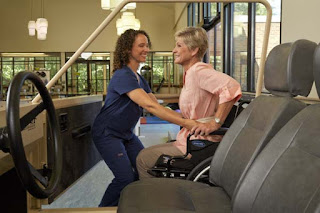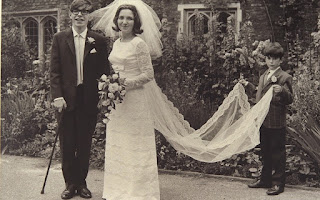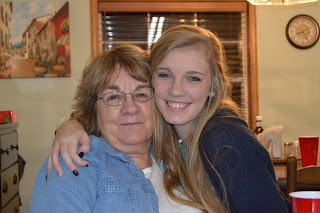Hierarchy of Mobility Skills
When someone undergoes an experience that requires them to participate in therapy, in most cases they have to regain confidence. Clients have to get comfortable in their abilities to perform their ADLs. Mobility is best defined as the ability to move freely. As a possession that most take for granted, it is not understood just how disabling it may feel to have reduced mobility or it taken from you completely. In the future as an occupational therapist, it will be our job to restore this confidence in our clients and watch them grow and reach their goals.
The hierarchy of mobility skills listed in our notes, is set up in the form of a pyramid. At the base of the structure, there is bed mobility and at the very top is community and driving. As your patient builds confidence, they climb up the levels of the pyramid. The order of the steps did not exactly make sense at first, but after deliberation and more review the pieces started to add up. Bed mobility, being the first step, means that the patient can move freely within the limits of the bed's surface.
After the bed mobility, the hierarchy dissects and puts the different transfers in order of difficulty. It also throws in functional ambulation, or movement, for ADLs. The process wraps up with functional ambulation for community mobility and community mobility and driving. These would be the more advanced activities that will involve more than just the client themselves.
In my observation at a skilled nursing facility, I definitely saw this approach in many cases. Although this is a widespread and general approach, every therapist-client interaction and relationship must be tweaked to be best suited for the patient. I would have to say that I agree with this approach, with the assumption that some clients will differ from the normal sequence of events. However, overall it is a very organized way to escalate the advancement of therapy with a client.
The hierarchy of mobility skills listed in our notes, is set up in the form of a pyramid. At the base of the structure, there is bed mobility and at the very top is community and driving. As your patient builds confidence, they climb up the levels of the pyramid. The order of the steps did not exactly make sense at first, but after deliberation and more review the pieces started to add up. Bed mobility, being the first step, means that the patient can move freely within the limits of the bed's surface.
After the bed mobility, the hierarchy dissects and puts the different transfers in order of difficulty. It also throws in functional ambulation, or movement, for ADLs. The process wraps up with functional ambulation for community mobility and community mobility and driving. These would be the more advanced activities that will involve more than just the client themselves.
In my observation at a skilled nursing facility, I definitely saw this approach in many cases. Although this is a widespread and general approach, every therapist-client interaction and relationship must be tweaked to be best suited for the patient. I would have to say that I agree with this approach, with the assumption that some clients will differ from the normal sequence of events. However, overall it is a very organized way to escalate the advancement of therapy with a client.
https://www.lexingtonextendedcare.com/rehabilitation




:-) Thanks!
ReplyDelete